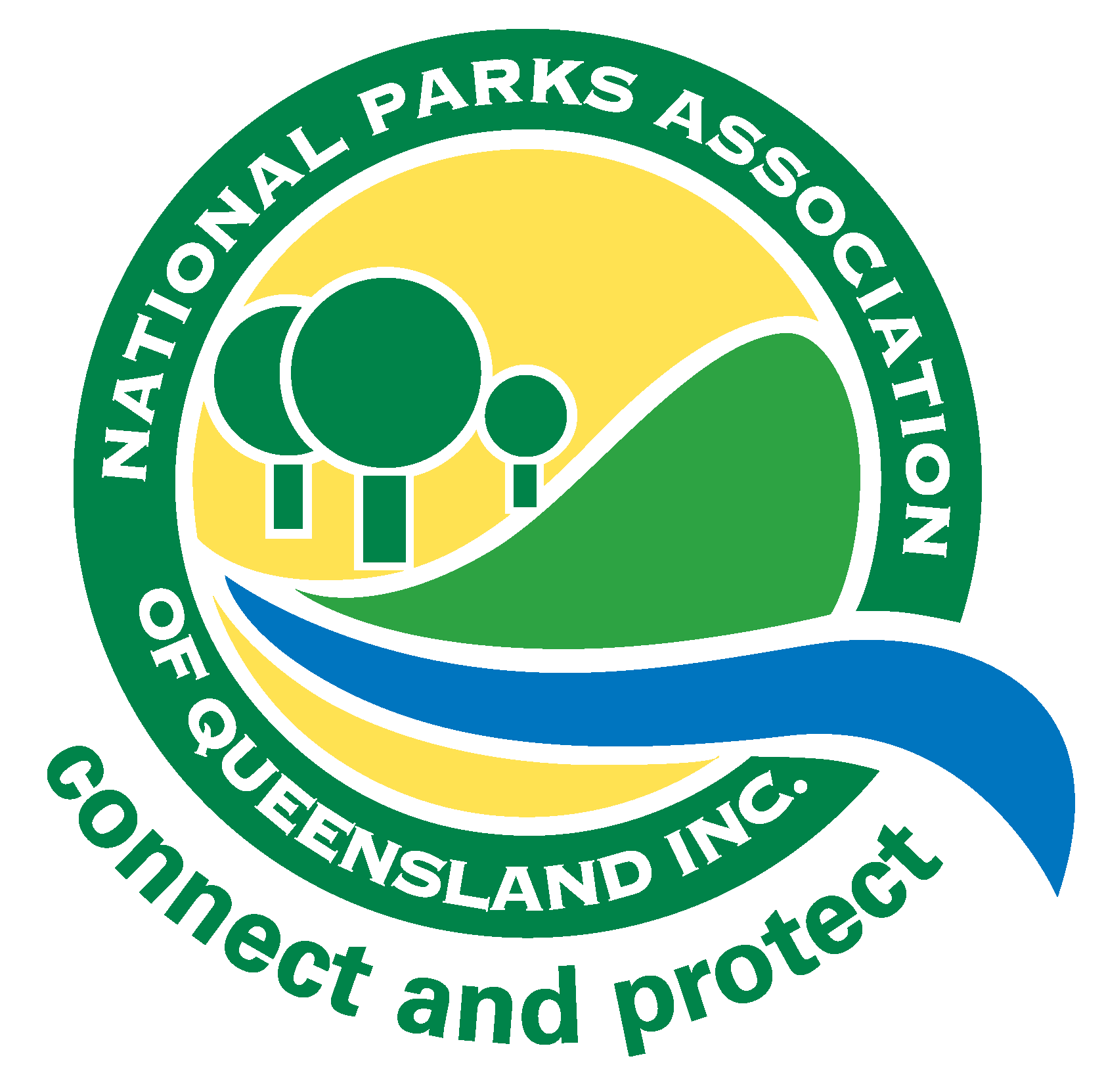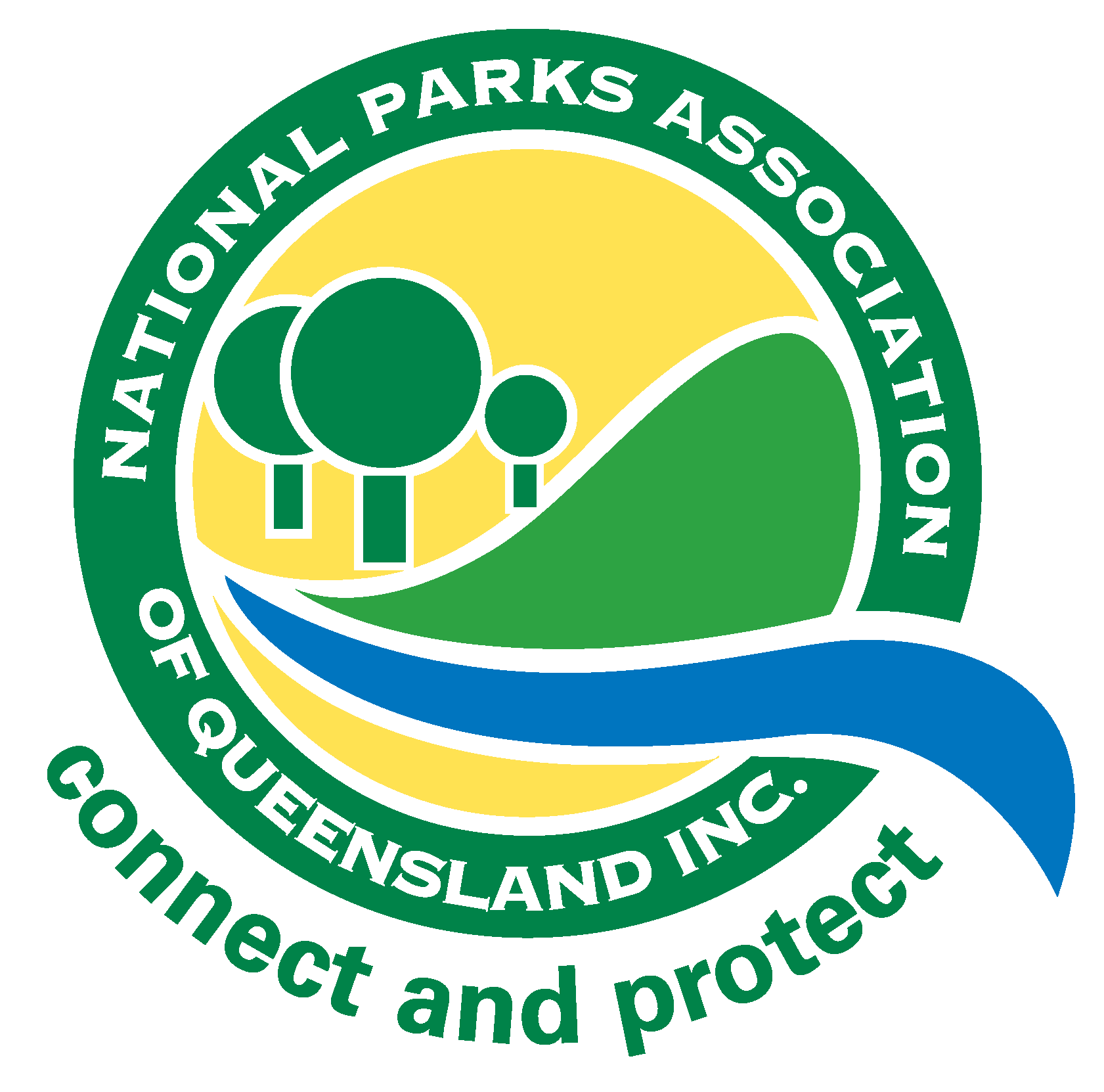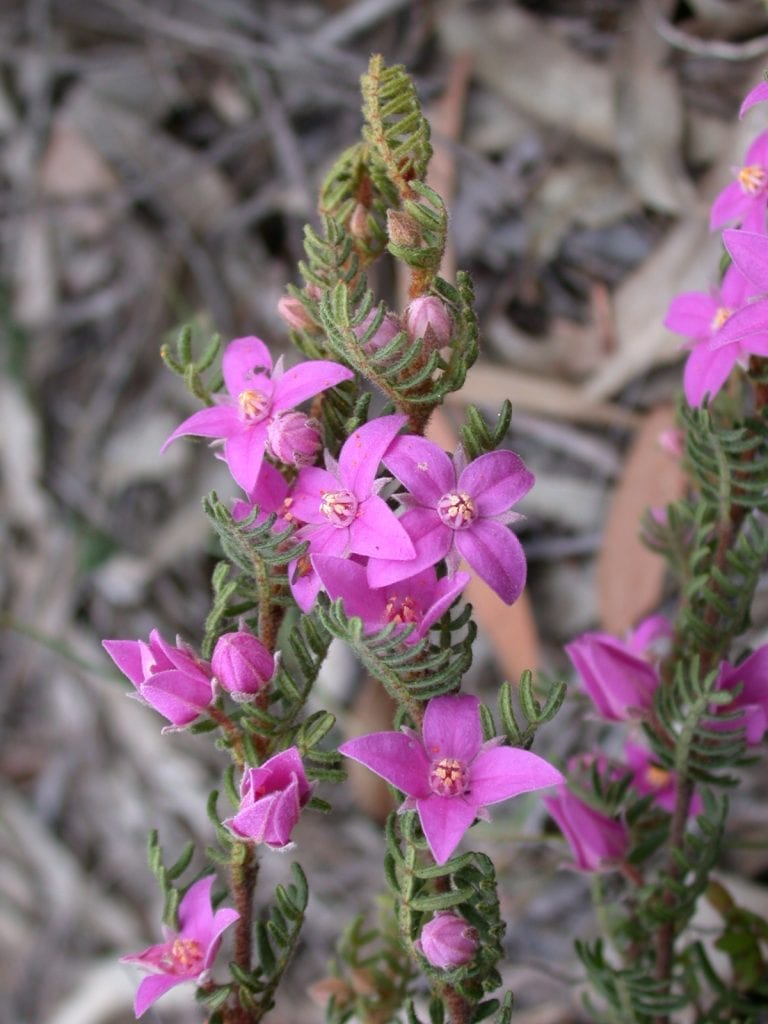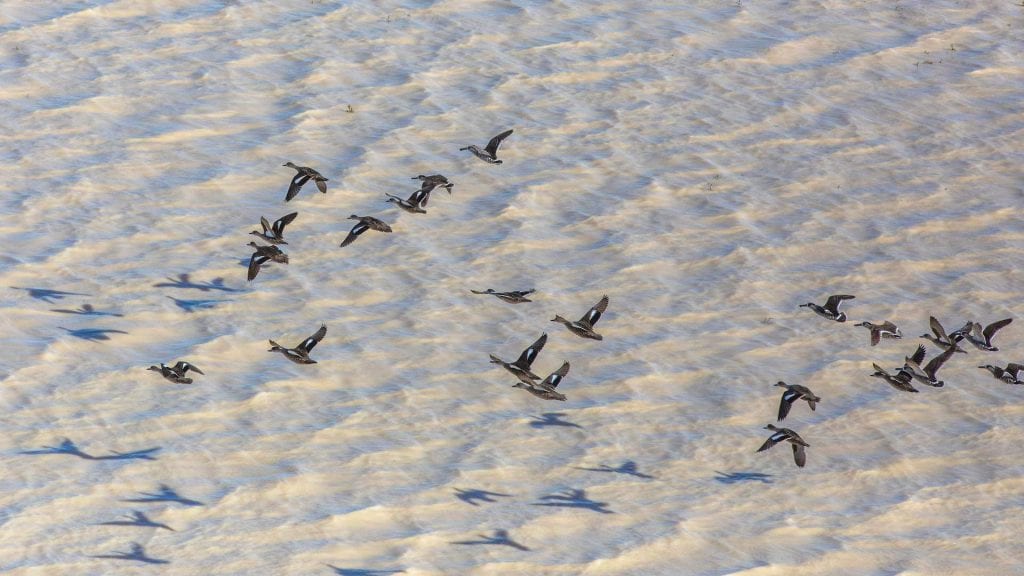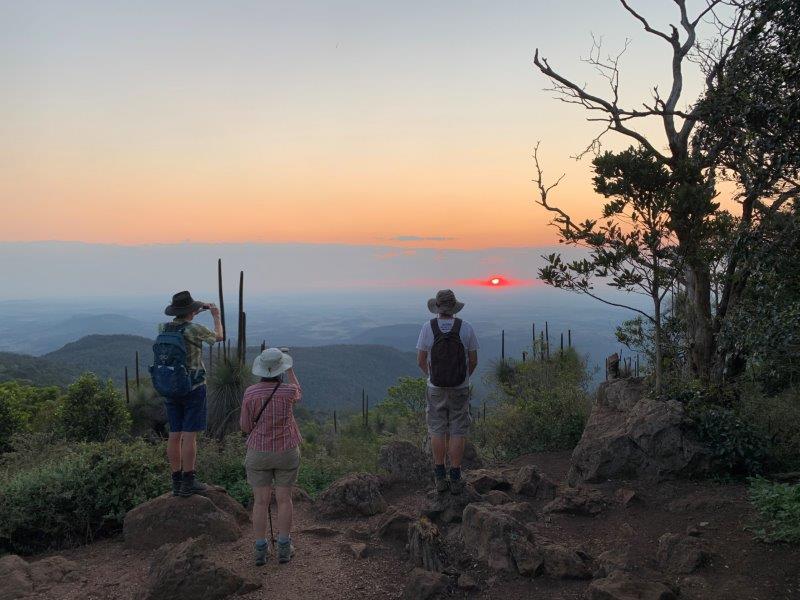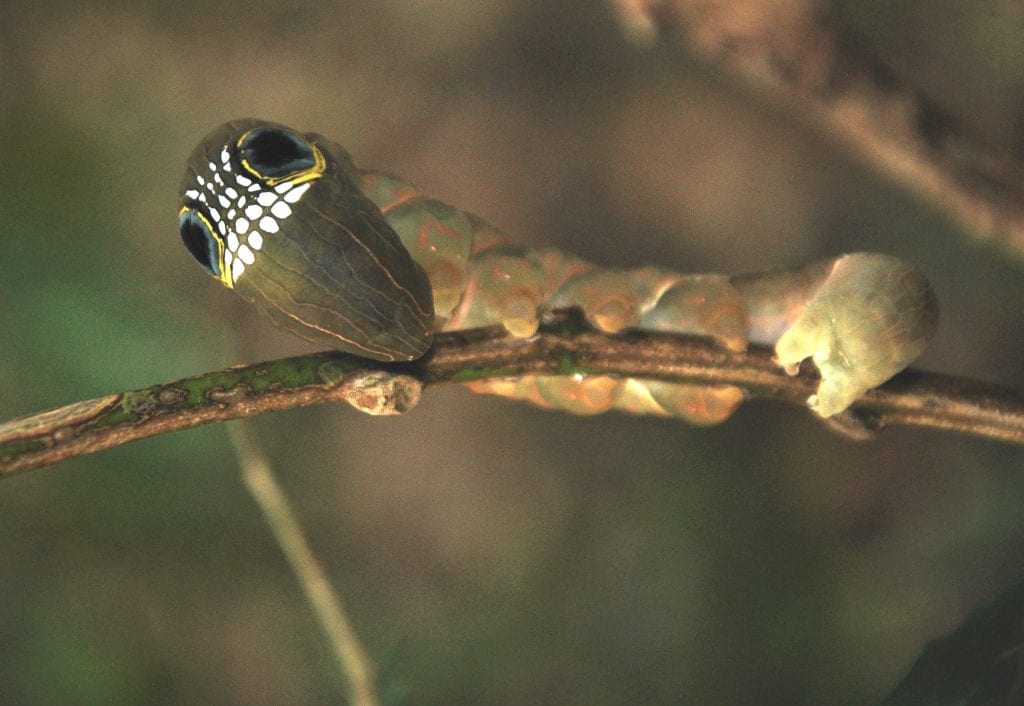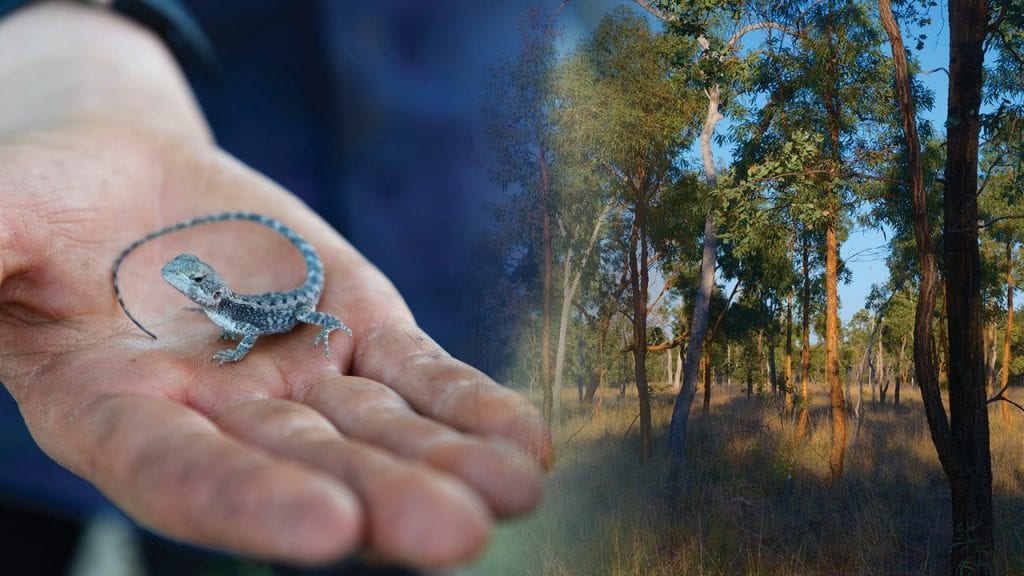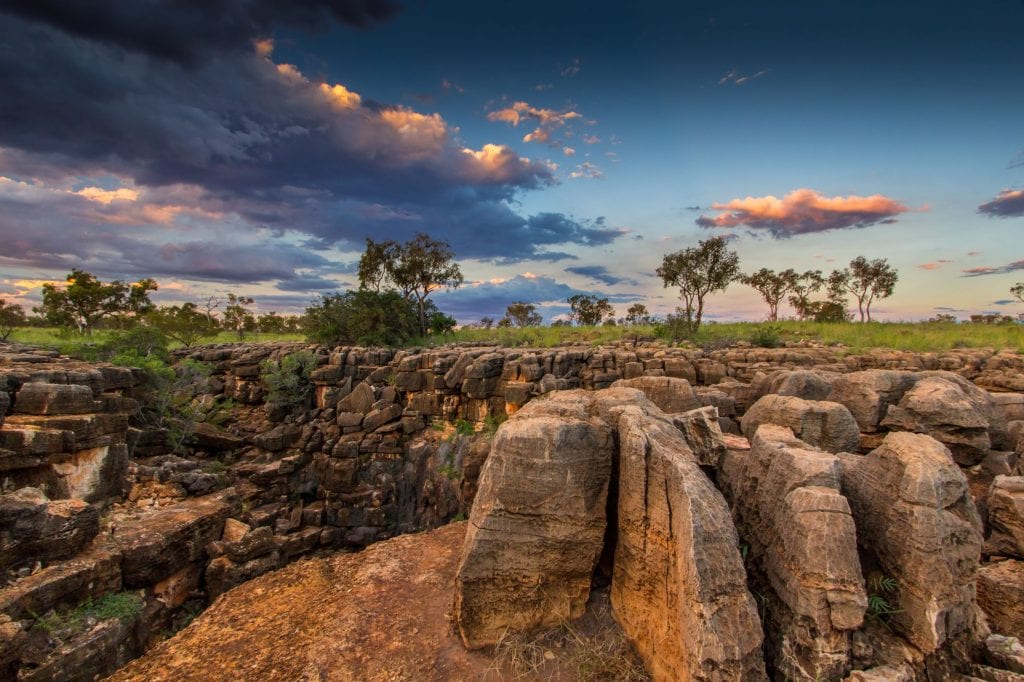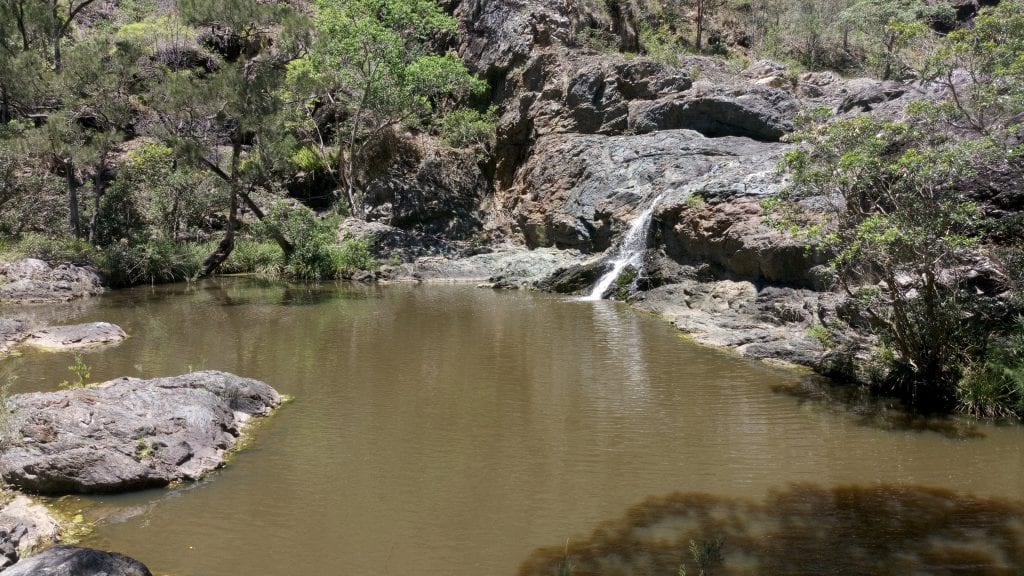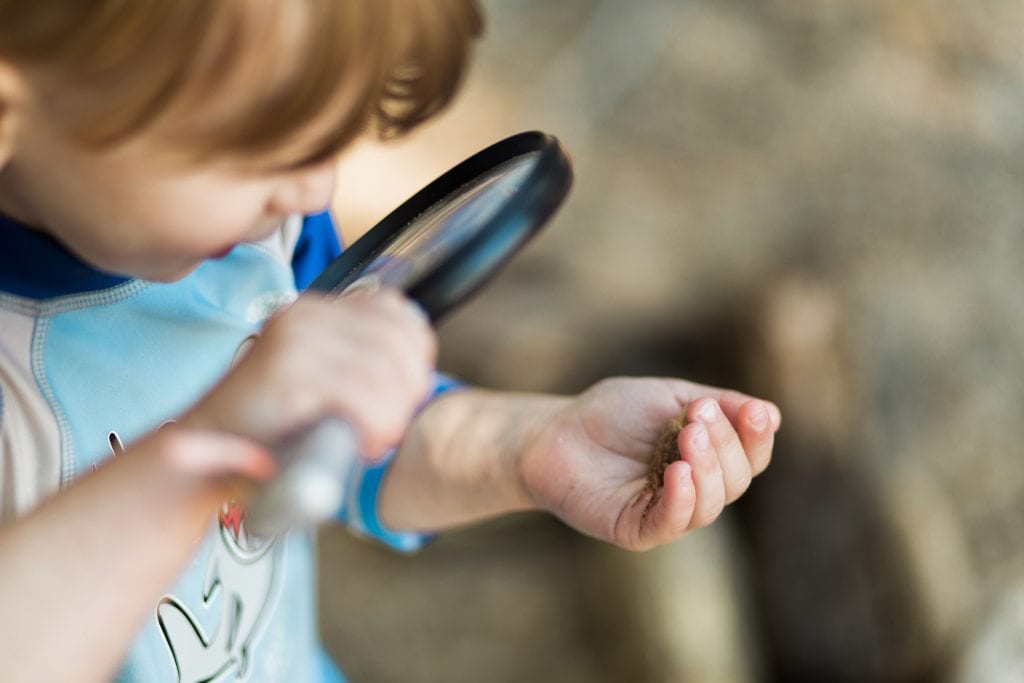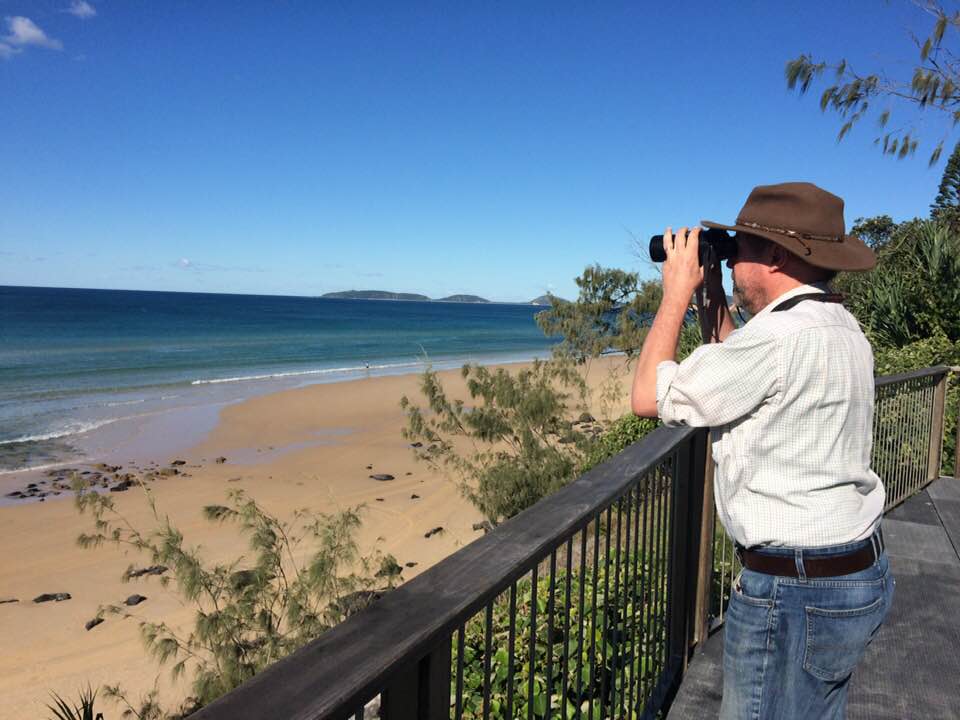The Granite Belt region of Southern Queensland is well known for its significant national parks and as a thriving ecotourism destination. The region has a high degree of habitat diversity due to its elevation, topographic variation, outcropping rock and a pronounced east-west rainfall gradient. Vegetation includes tall open forest and woodland on rocky slopes, grassy […]
Nunagal, Goenbal and Ngugi People have always protected our Quandamookadjara (Quandamooka Country) and managed the health of the ecosystems to allow all species to flourish. QYAC and QPWS aim to provide best practice joint management of Naree Budjong Djara, to ensure lands and culture stay healthy for our children and for the benefit of all […]
Welcome to the Winter edition of Protected. There has been a constant trickle of disappointing and negative news regarding nature and our national parks in the news of late, particularly the continual loss of species, ongoing challenge of managing weeds and feral pests and inadequate funding to address these issues. However, I’d like to focus […]
Our Sunday bushwalks over the past year have brought respite and relief for my husband and me. They’ve been a sanity saver (and possibly a marriage maintainer!). As we set out each Sunday we’d be talking about stress stuff: the pandemic, US politics, work, the kids but gradually we’d get quieter, calmer and stiller as […]
There is a plant out there hidden amongst South-East Queensland’s national parks that you may not have heard of. It’s called Carronia (not Carona!) multisepalea, or the Carronia vine. While it’s indistinct little flowers, straggly vine-like growth and elbow-shaped leaf-stalks are not immediately awe-inspiring, the plant plays a critical role in the life-cycle of something […]
The history of Bimblebox Refuge began when the almost 8,000 hectare Glen Innes Station, 95% uncleared, was bought in 2000 by a group of concerned citizens and nearby landowners. In recognition of its high conservation values, the Federal Government wanted the property to be part of the National Reserve System of Protected Areas, and contributed […]
Earlier this year the National Park formerly known as Camooweal Caves National Park, returned to it’s original Indigenous name – Wiliyan-ngurru National Park. The name comes from the First Nations term for the rough-tailed goanna. Traditionally Wiliyan-ngurru National Park is associated with and traversed by a number of ancestral spirits referred to as Dreamings. The […]
NPAQ, in conjunction with the Queensland Parks and Wildlife Service, awarded Protect the Bush Alliance (PTBA) the inaugural 2018/2019 Jim Cuthbertson grant to help fund surveys of selected high conservation value state forests to consider if better protection is warranted. The survey work was undertaken in Yabba State Forest, Presho State Forest, and Belington Hut […]
Environmental education is a fundamental aspect of ecotourism. It characterises ecotourism and differentiates it from other forms of nature-based tourism. Ecotourism education can increase visitors’ knowledge of and conservation attitudes towards the protected area, as well as promote pro-environmental attitudes and behaviour in general. Genuine, well-designed ecotourism can be a tool for supporting biodiversity conservation […]
In September 2020 Professor Hugh Possingham took over as Queensland’s Chief Scientist. Professor Possingham has a Bachelor’s degree with Honours in Applied Mathematics from the University of Adelaide and a doctorate in Ecological Modelling as a Rhodes Scholar at Oxford University. He has worked for numerous universities as a professor, department head, and led several […]
